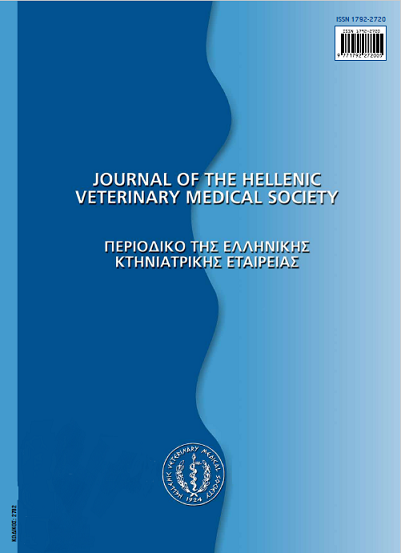Non-thermal microwave effects on chicken foetuses during organogenesis

Abstract
The purpose of this work is το investigate possible effects of pulse-modulated (PW) and non-modulated (CW) low power density microwave radiation on chicken foetuses during organogenesis. A total of 496 fertilised chicken eggs were used in this study; 380 of diem as experimental material and 116 as controls. The experimental eggs were exposed to a non-thermal power density of 8.8 uW/cm2 (SAR= 1.16 mW/Kg) radiation at 9.152 GHz, from the 3rd to the 10th day of incubation, continuously. 172 eggs were irradiated by CW whereas 208 eggs by PW. The controls were sham-exposed. The foetuses of the experimental eggs and of the controls were macro- and microscopically examined at the end of their incubation. In 62.78% of CW-irradiated, 47.12% of PWirradiated and only in 3.44% of the sham-exposed fetuses abnormalities (development retardation and severe malformations) and embryonic and foetal deaths (embryonic and foetal) were observed. The differences in the effects caused by CW and PW irradiation were statistically evaluated. These results support the aspect that very low power density microwaves applied to the chicken foetuses, in ovo during organogenesis, may cause abnormal development.
Article Details
- How to Cite
-
XENOS (Θ.Δ. ΞΕΝΟΣ) T. D., & MAGRAS (Ι.Ν. ΜΑΓΡΑΣ) I. N. (2017). Non-thermal microwave effects on chicken foetuses during organogenesis. Journal of the Hellenic Veterinary Medical Society, 54(1), 28–33. https://doi.org/10.12681/jhvms.15215
- Issue
- Vol. 54 No. 1 (2003)
- Section
- Research Articles
Authors who publish with this journal agree to the following terms:
· Authors retain copyright and grant the journal right of first publication with the work simultaneously licensed under a Creative Commons Attribution Non-Commercial License that allows others to share the work with an acknowledgement of the work's authorship and initial publication in this journal.
· Authors are able to enter into separate, additional contractual arrangements for the non-exclusive distribution of the journal's published version of the work (e.g. post it to an institutional repository or publish it in a book), with an acknowledgement of its initial publication in this journal.
· Authors are permitted and encouraged to post their work online (preferably in institutional repositories or on their website) prior to and during the submission process, as it can lead to productive exchanges, as well as earlier and greater citation of published work.



